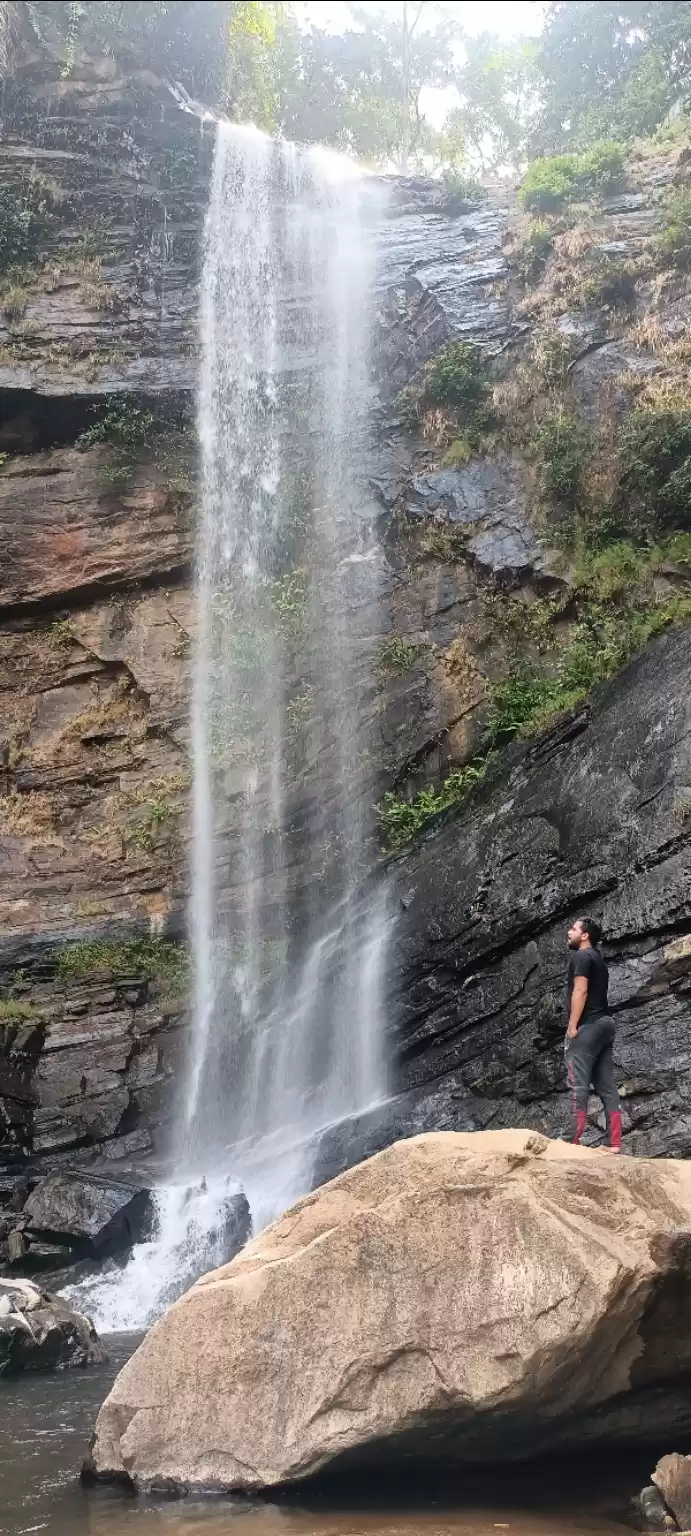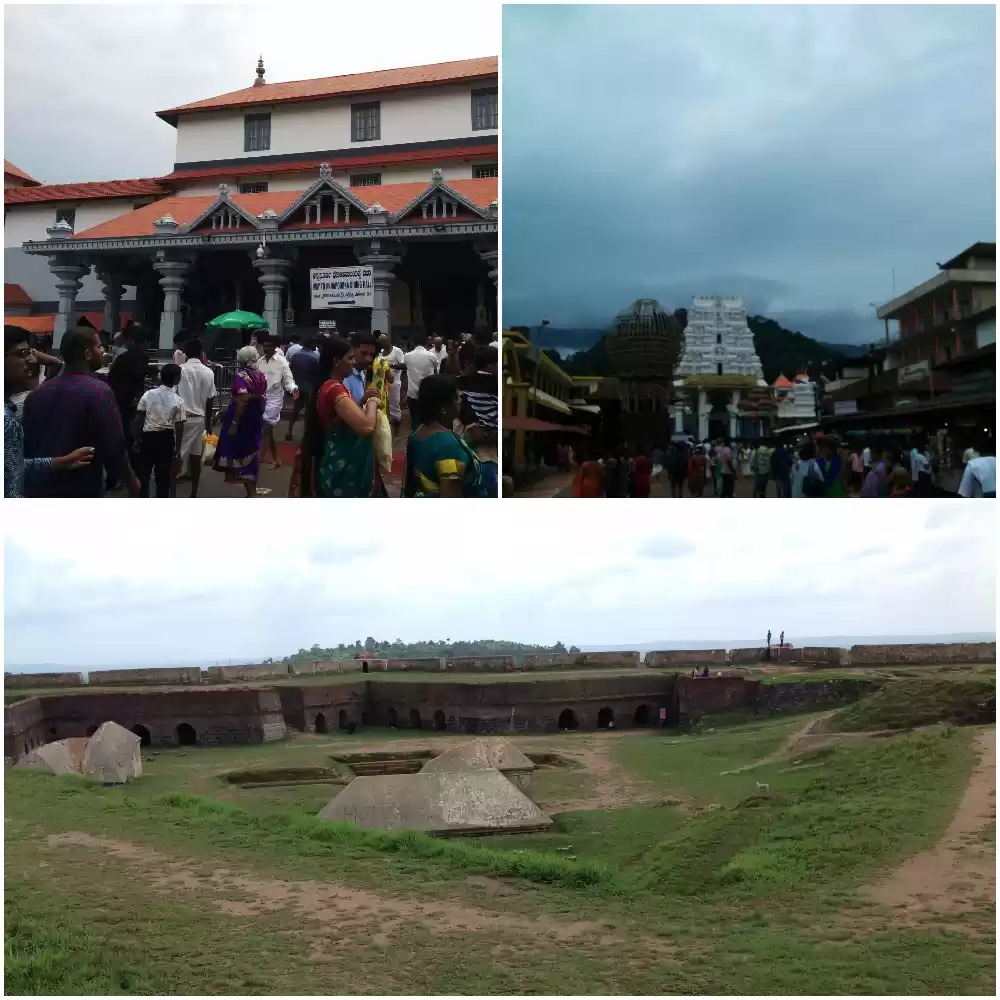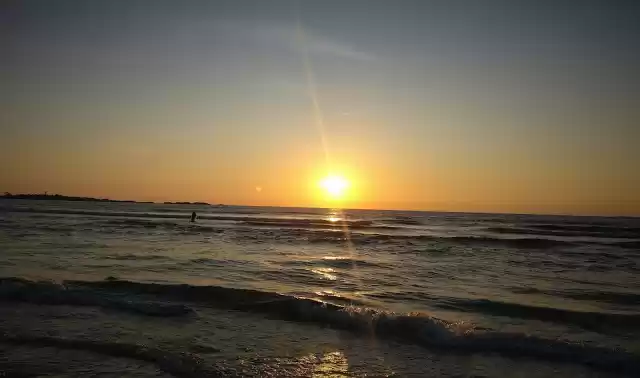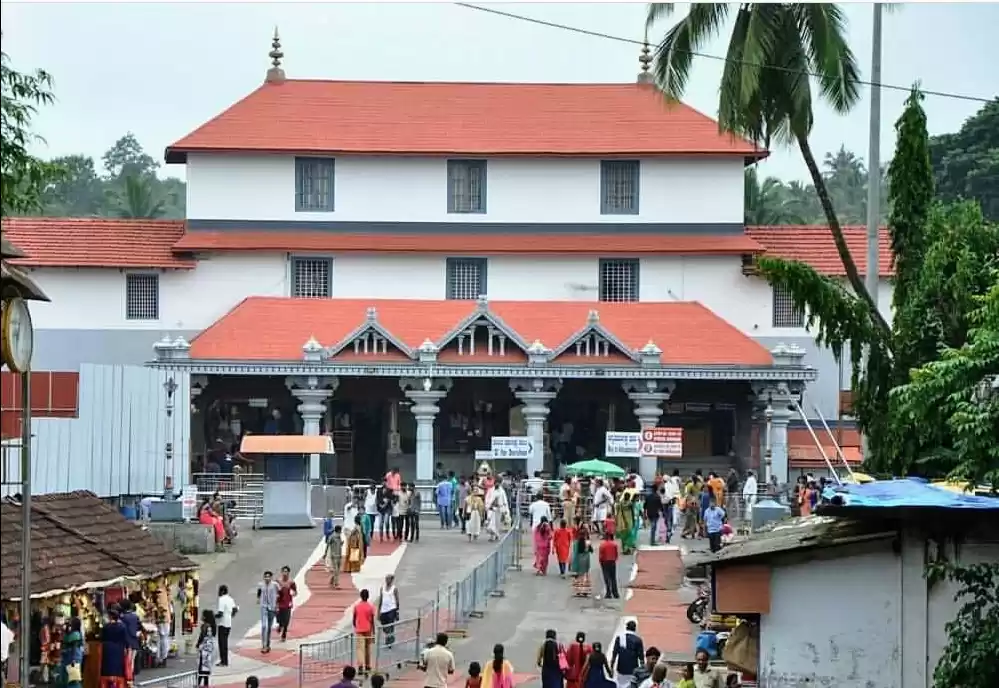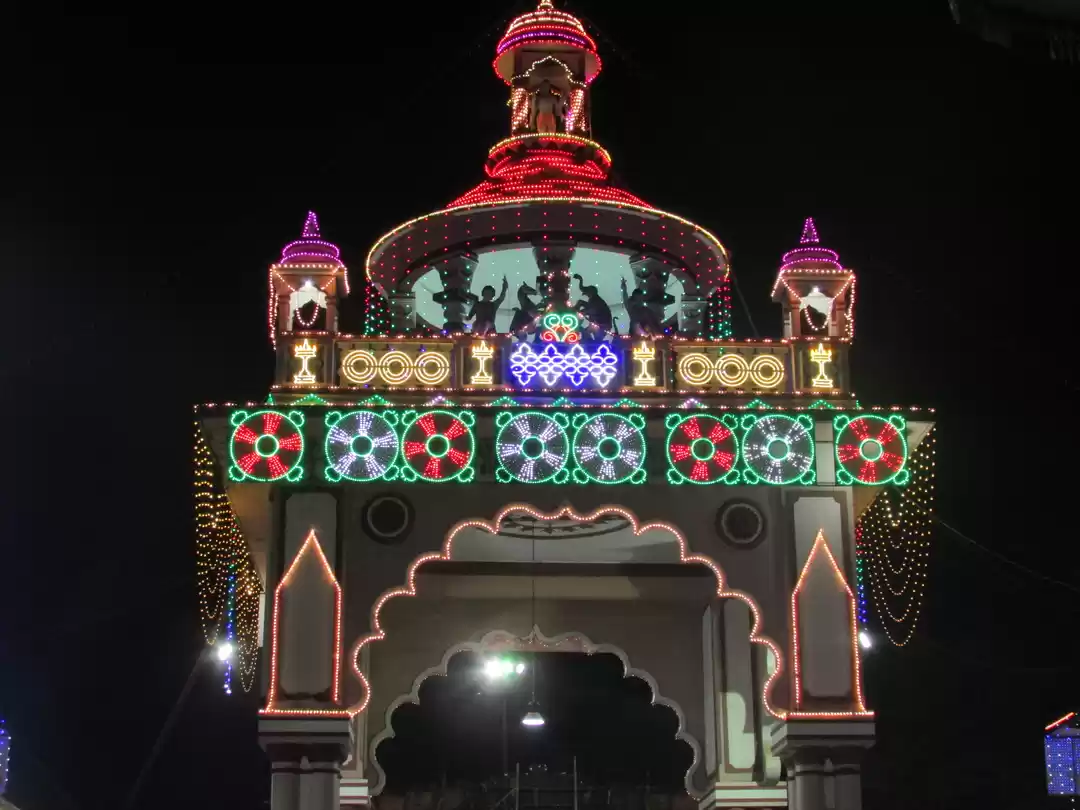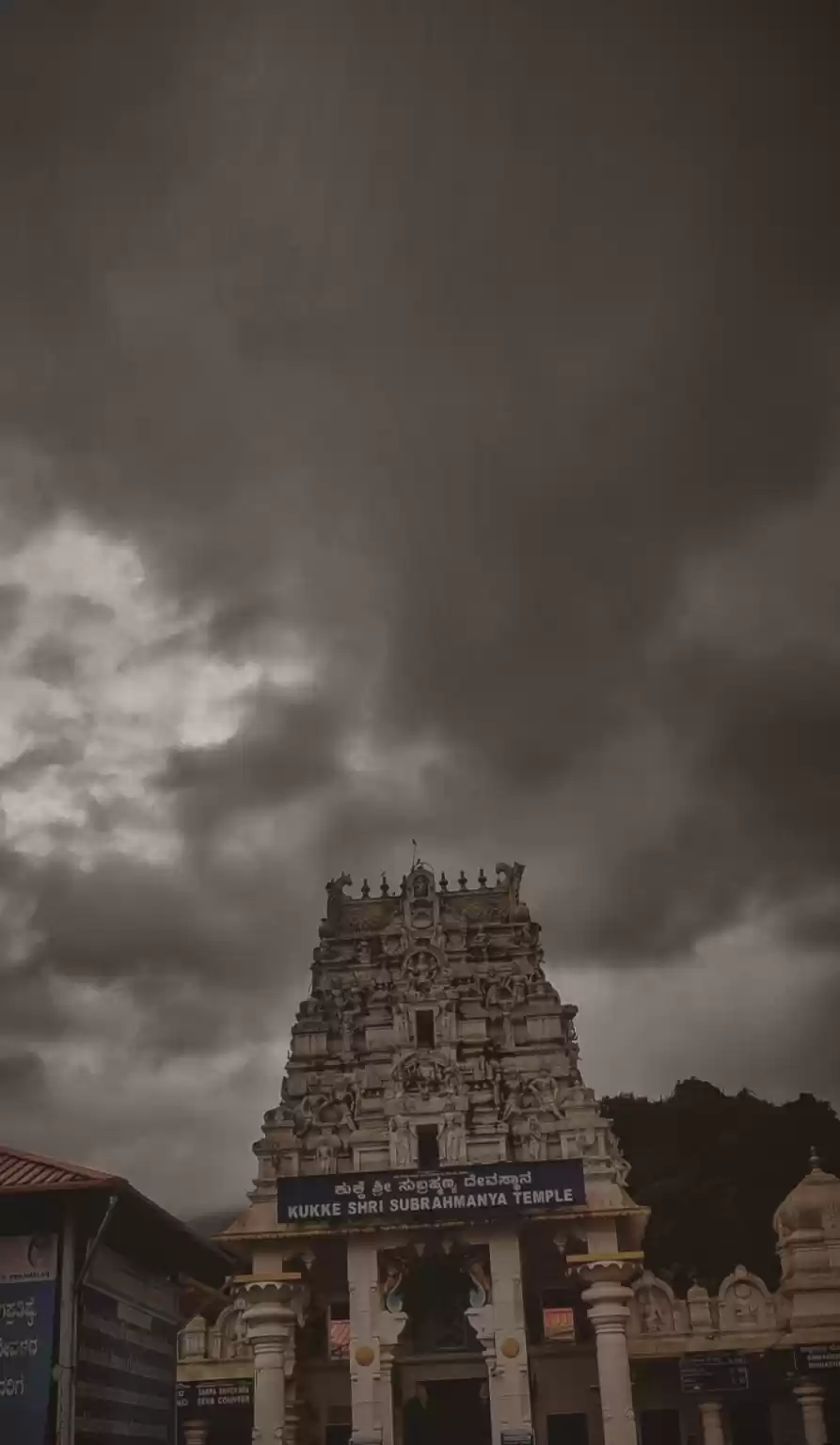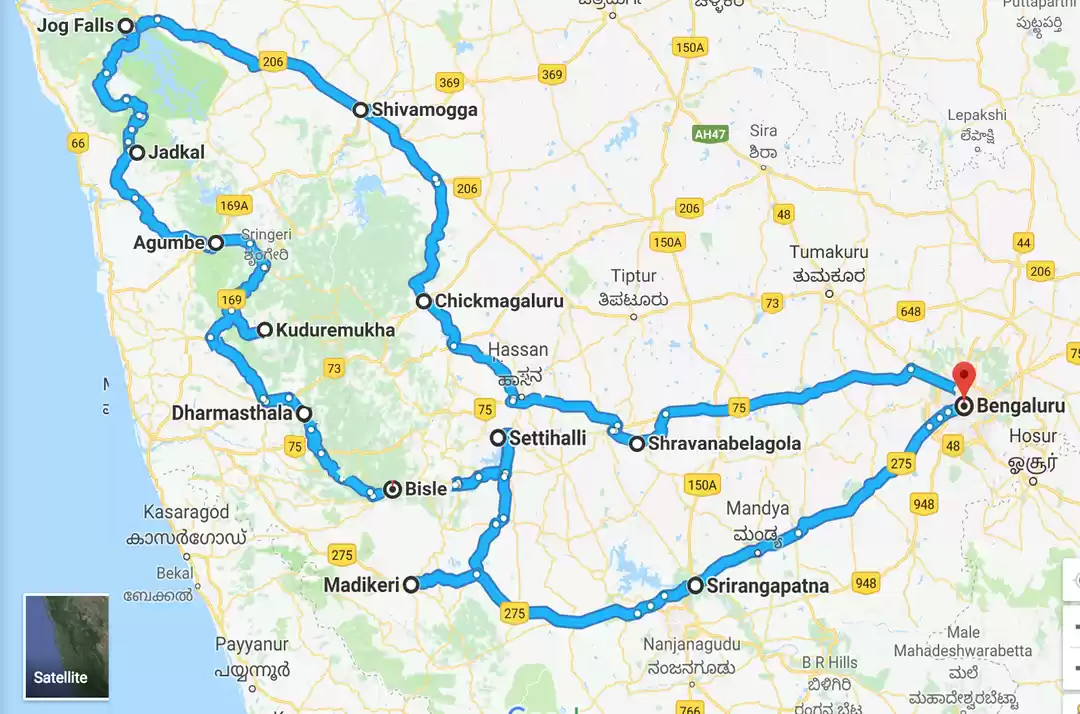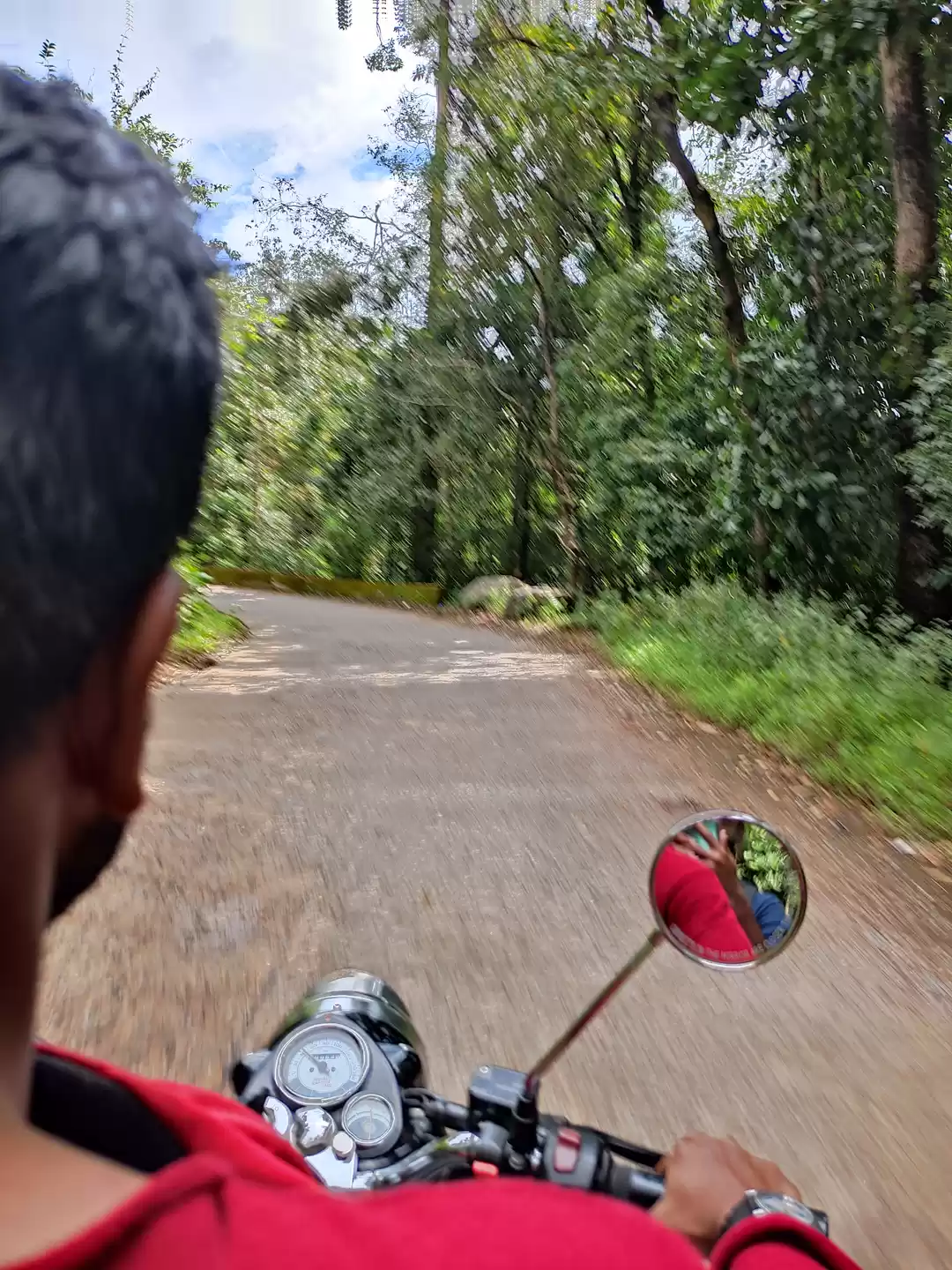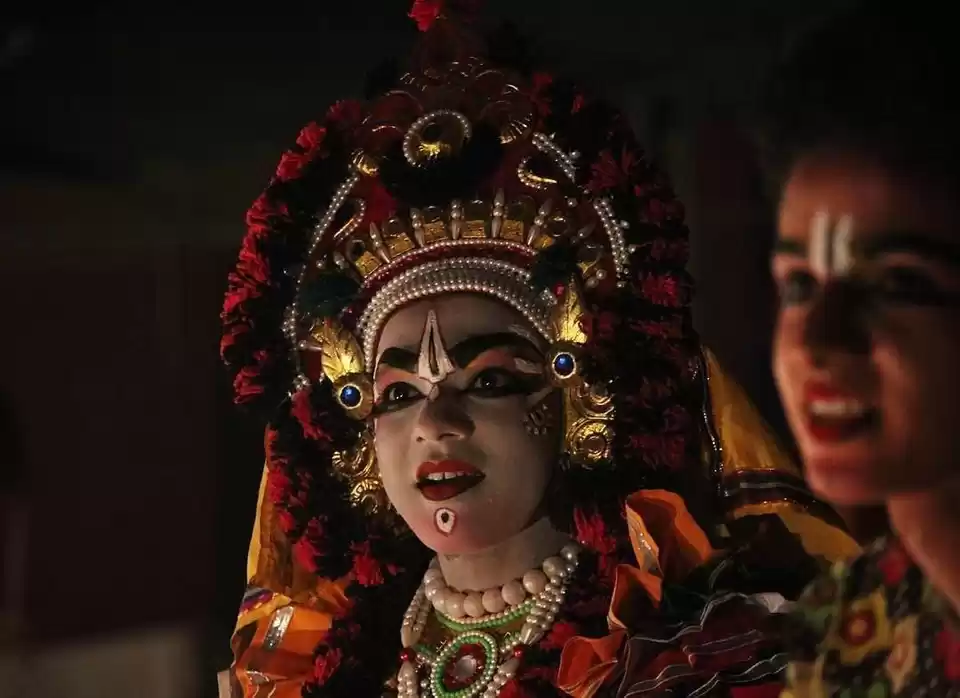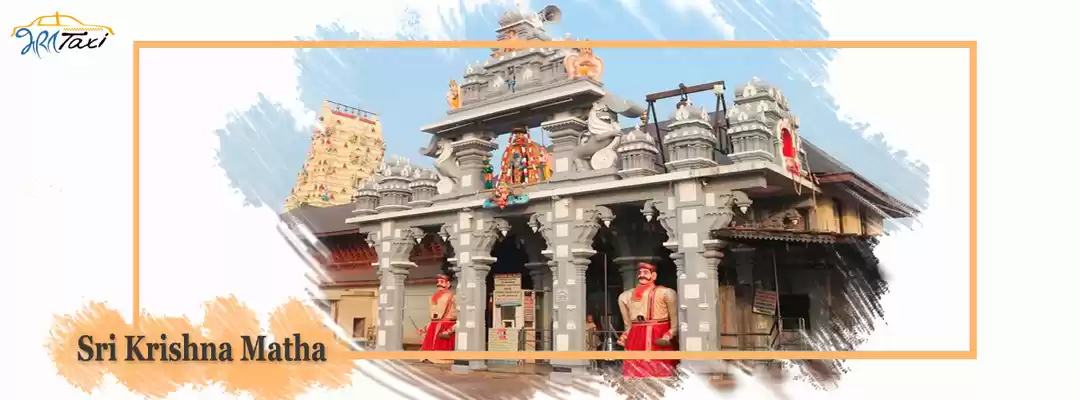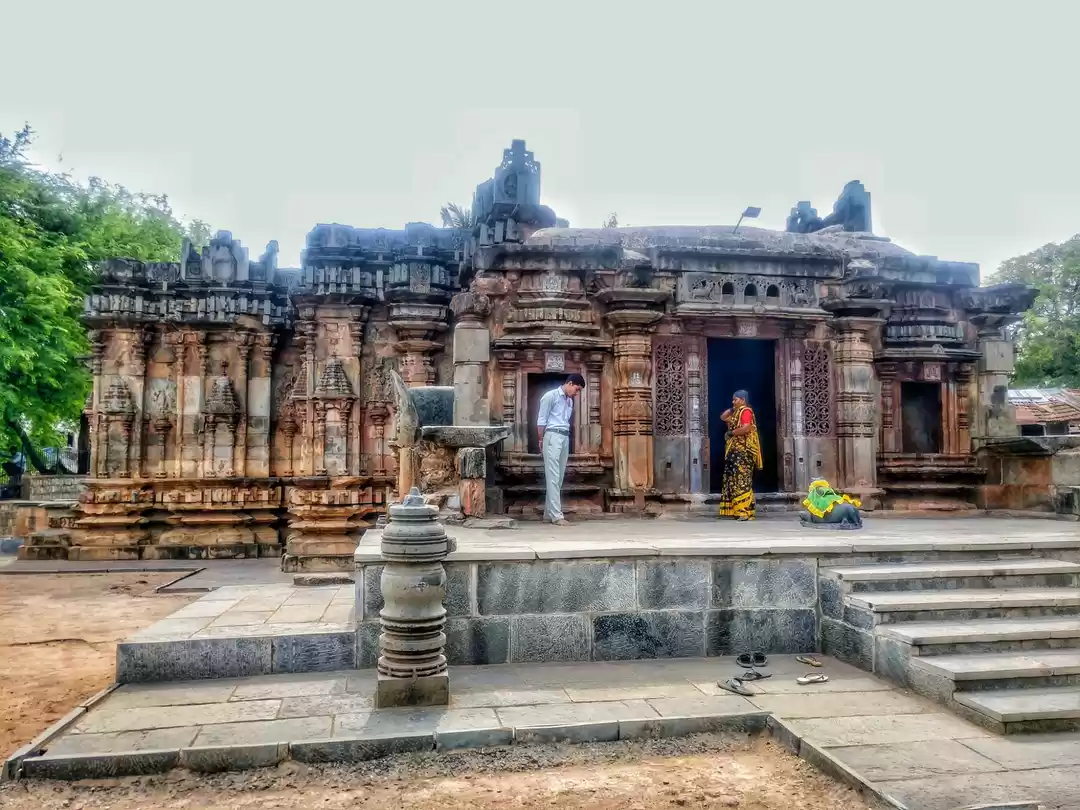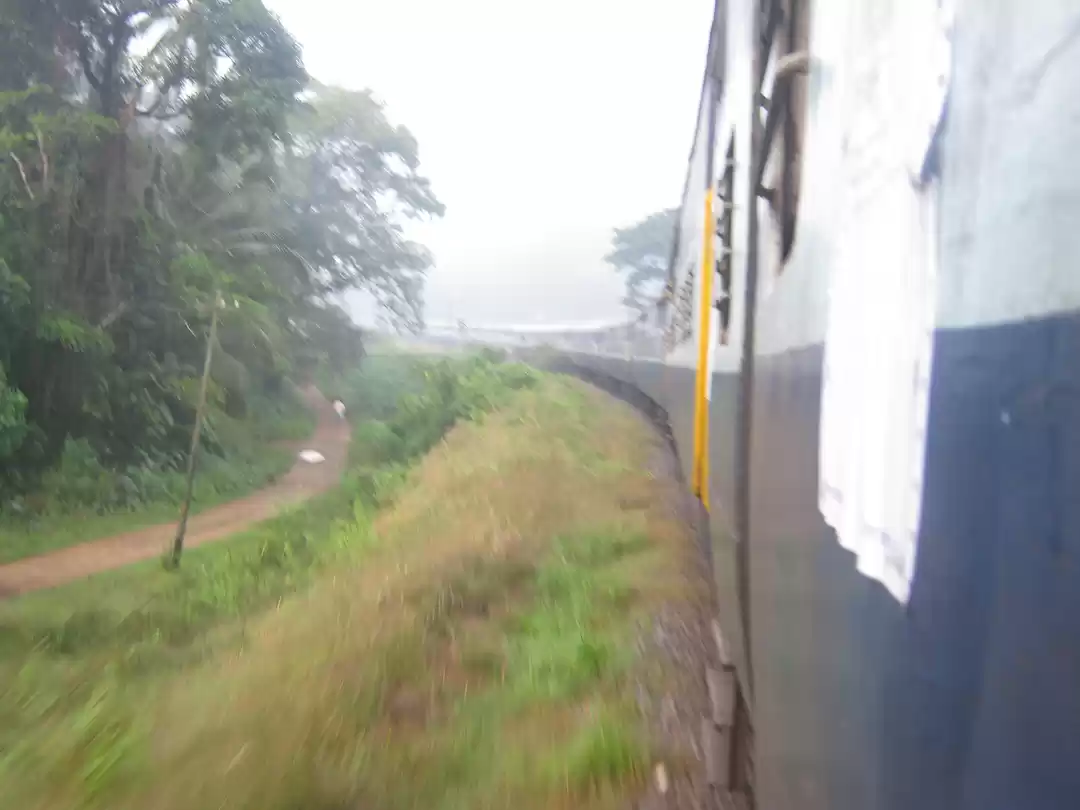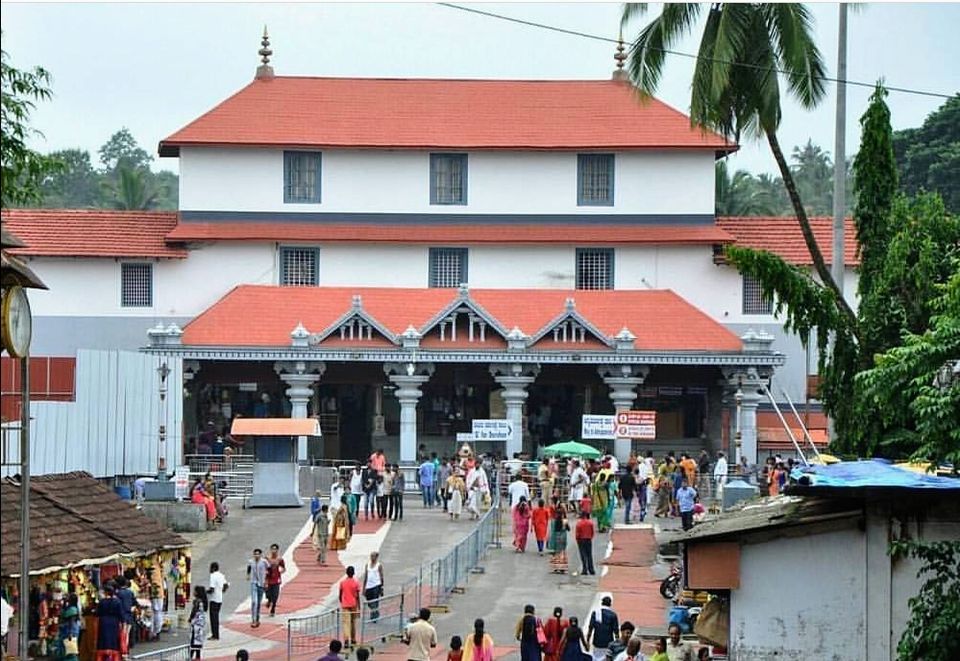
Shri Kshetra Dharmasthala, the land of righteousness and reverence, is one of south India’s most renowned religious landmarks with a history as old as 800 years. Manjunatheshwara, the chief deity of the spiritual abode, has taken the form of a shivalinga in the temple town of Dharmasthala since and forever. Lord Manjunatheshwara, is being worshipped in a very unusual yet exceptionally inordinate manner in Shree kshetra dharmasthala, as this Shaiva temple is beseeched by Vaishnava priests and administered by Jain descendants.
Dharmasthala, the abode of dharma, is the quintessence of humanity and faith. As the name suggests, the word dharma in its truest sense means righteousness, it is the embodiment of the world’s most divine emotions in spite of one’s cast, creed or religion.



When Shri Birmanna Pergade renounced his personal house to worship lord shiva in the place, the Daivas then sent their vassal Shri Annappa Swamy to procure the Idol of Lord Manjunatheshwara from Kadri, near Mangalore. Subsequently Shree Manjunatha Swamy temple was built around this idol.
Located 1.5 km west of the new bus stand and half a kilometre from the Shri Manjunatha temple, in the southeast direction is the hill of Annappa Betta, which is also known as Badinede Betta; this shrine is dedicated to Shri Annappa swamy and is home to the shrines of the four Dharma Daivas. A peep through the window of the inside of a dwelling, one can see a swing, believed to be used by one of the Daivas. Generally the hill is visited, after having visited the main temple. Entry of children and women is restricted to this hill owing to the legend and lore of the temple.




The monolithic stone sculpture of Lord Bahubali symbolizes renunciation, self control and subjugation of the ego as the first step towards salvation. The digambara form of Bahubali represents complete victory over earthly desires and needs, which forms the edifice for spiritual ascent towards divinity.
Amidst the piety and frolic of the temple town of Dharmasthala, situated at a kilometer from the Manjunatha temple and led by a beautiful pathway, is the majestic shrine of lord Bahubali standing at a height of 39-feet. It was sculpted in 1973 by the famed sculptor Renjala Gopalkrishna Shenoy under the aegis of Shri Ratnavarma Heggade. The statue was then positioned atop the Ratnagiri Hill in February 1982 by Dr.D.Veerendra Heggade, after Shri Ratnavarma Heggade left to the heavenly abode.
This shrine can be reached by climbing steps of the hill for about 20 minutes or by road. The hilltop renders a heart-throbbing view of the temple town Dharmasthala with a lush green background in the mornings and lamp-lit in the nights.The best time for the tourists to visit this statue is in the morning to get away from humidity and sunny weather. On top of the hill, there are shelters and drinking water facilities for the pilgrims. The mahamastakabhisheka of lord Bahubali has since been performed thrice in 1982, 1995 and 2007, with a grand spectacle that brought together many jain monks and people from all over the country and beyond.

HOW TO REACH
By Air:
Mangalore Airport serves as the nearest domestic and international airport for tourists heading to Dharmasthala. It is situated at a distance of about 65 km from Dharmasthala. The flights connect to major Middle East destinations like Dubai, Abu Dhabi etc. Besides, it is also ideal for travellers coming from Mumbai, Bangalore, Goa, Kochi, Calicut and other major Indian destinations.
By Train
Mangalore Railway Station is the nearest railway junction to Dharmasthala, situated at a distance of about 74 km. The railway station is well connected to all the major cities and towns in India. Travellers can hire taxis/cabs or take buses to reach Dharmasthala from Mangalore.
TRAINS TO MANGALORE JUNCTION FROM BANGALORE
Train Name : Kannur exp (16517)
Departure : 8:35 PM, Yesvantpur jn (YPR)
Arrival : 8:09 AM, Mangalore junction (MAJN)
Running days : All days
By Road
Tourists can travel by KSRTC (Karnataka State Road Transport Corporation) buses to reach Dharmasthala from all over the state. Private buses or by their own vehicles to reach Dharmasthala.
WHERE TO STAY
Following are some of the economical lodges near the temple
1) Saketh (Non AC )(Rs 200/- onwards)
2) Rajathadri (AC/Non AC)(Rs 500/- onwards)
3)Sahyadri(AC/Non AC) (Rs 500/-onwards)
4) Netravati(AC/Non AC)(700/- onwards)
5) Sannidi (AC/Non AC)(Rs 1500/- onwards)
For more info please visit : www.shridharmastala.org


